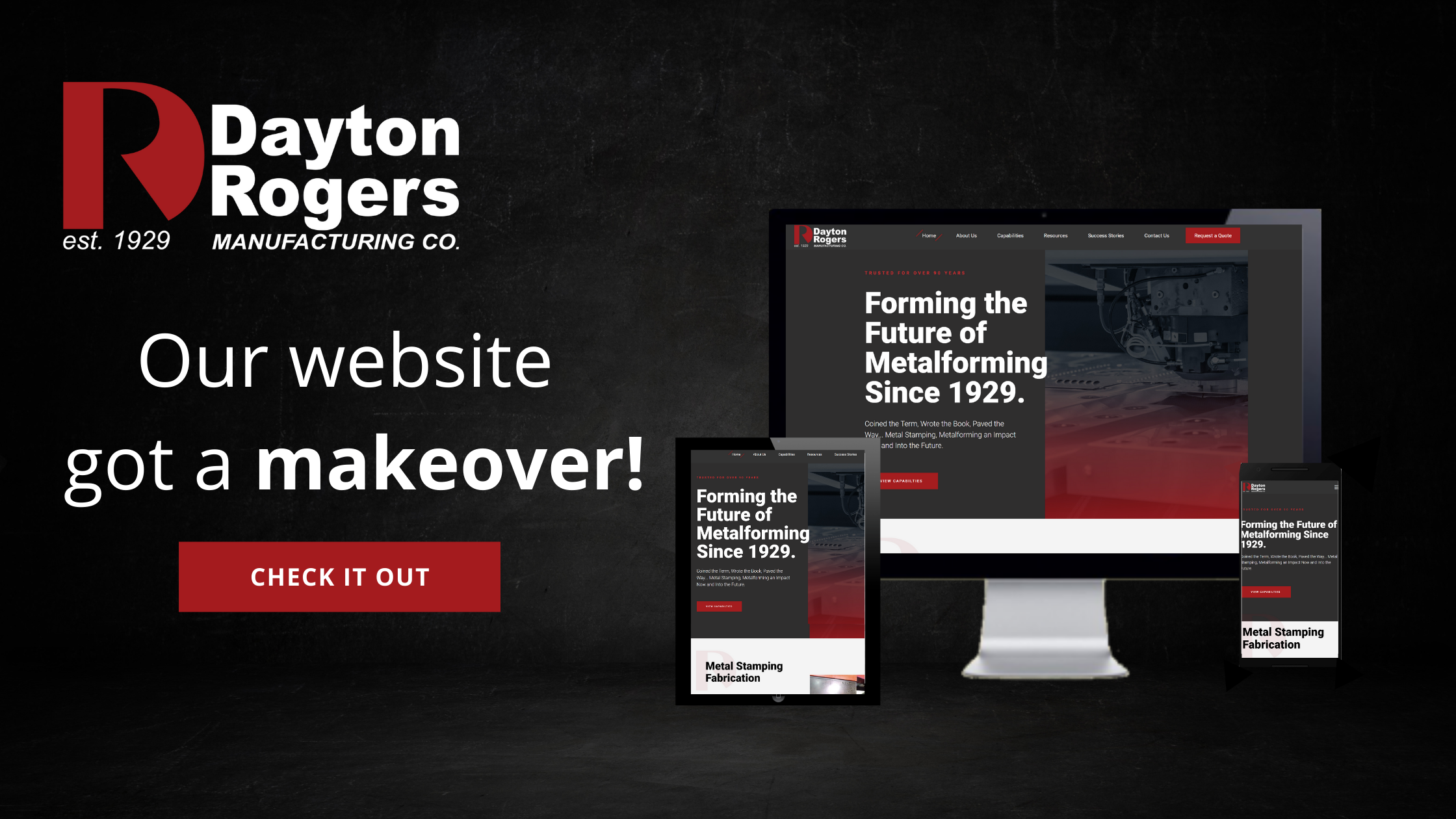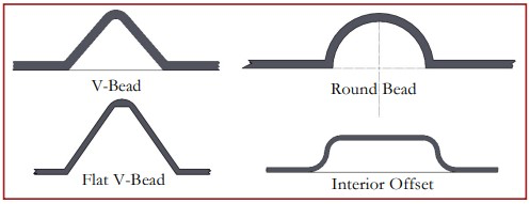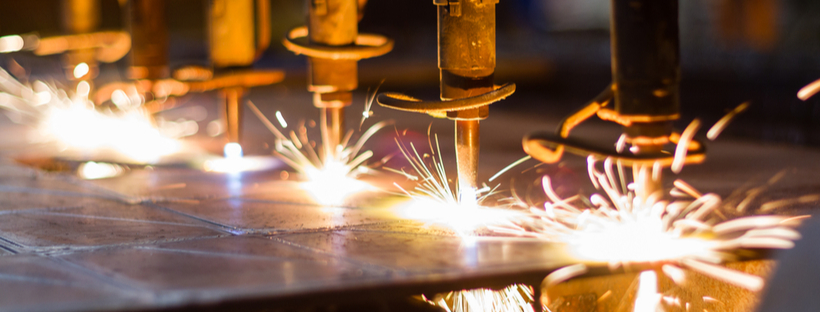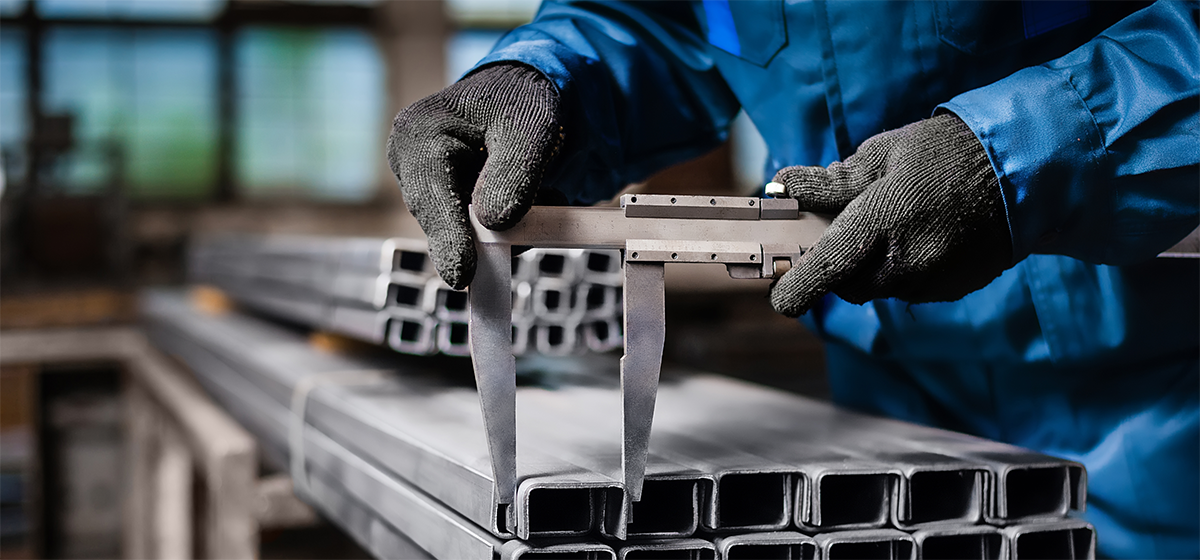Dayton Rogers Adds Value for Customers Through Launch of New Website


May 2, 2022 – The Dayton Rogers team is excited to announce that their new corporate website is set to launch the first week of May 2022. The process of designing and developing the new website began in Q4 2021, when Dayton Rogers leadership saw an opportunity to better support customers through an improved website … Dayton Rogers Adds Value for Customers Through Launch of New Website










